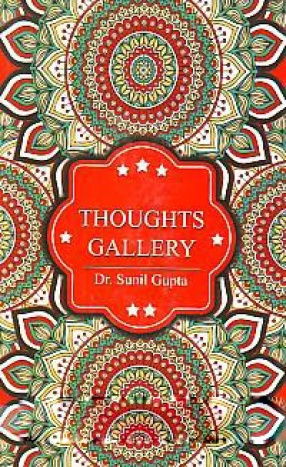Scholars of early Indian art traditions have mostly viewed the coastlands as being marginal to the cultural efflorescences that happened in the interiors of the subcontinent. The classical schools of Indian sculptural art which blossomed at Mahtura, Gandhara and Sarnath in the first half of the first millennium CE, have become axioms in the study of early Indian sculptural art. No discussion on early sculptural art can be complete without allusion to one or other of the schools. This work attempts to show that the coastlands, while influenced by the great schools of art, were nevertheless cultural melting pots in their own right, often transcending the art of the interiors. As staging areas of long distance maritime exchanges, the Indian coastlands have long mediated between the far civilizations of the Indian Ocean world (Egyptian, Arabian, Persian, East African and Southeast (Asian) and the Indic cultural sphere. The coastlands are viewed as cross-cultural realms, places most conducive for absorption of new ideas and for syncretic manifestations. The discussions in the nine chapters cover a broad range of sculptural art created in the Indian littoral regions between 300 BCE and CE 500. These include friezes in the rock cut caves of the Western and Eastern Ghats, decorated pillar capitals and free standing creations in stone and terracotta. Many of the observations are based on the author’s field work on the Indian coastlands.
Early Sculptural Art in the Indian Coastlands: A Study in Cultural Transmission and Syncretism (300 BCE-CE 500)
In stock
Free & Quick Delivery Worldwide
reviews
Bibliographic information
Title
Early Sculptural Art in the Indian Coastlands: A Study in Cultural Transmission and Syncretism (300 BCE-CE 500)
Author
Edition
1st ed.
Publisher
D K Printworld Pvt. Ltd., 2008
ISBN
9788124604380
Length
xxviii+210p., Maps; Figures; References; Index; 26cm.
Subjects










There are no reviews yet.